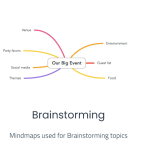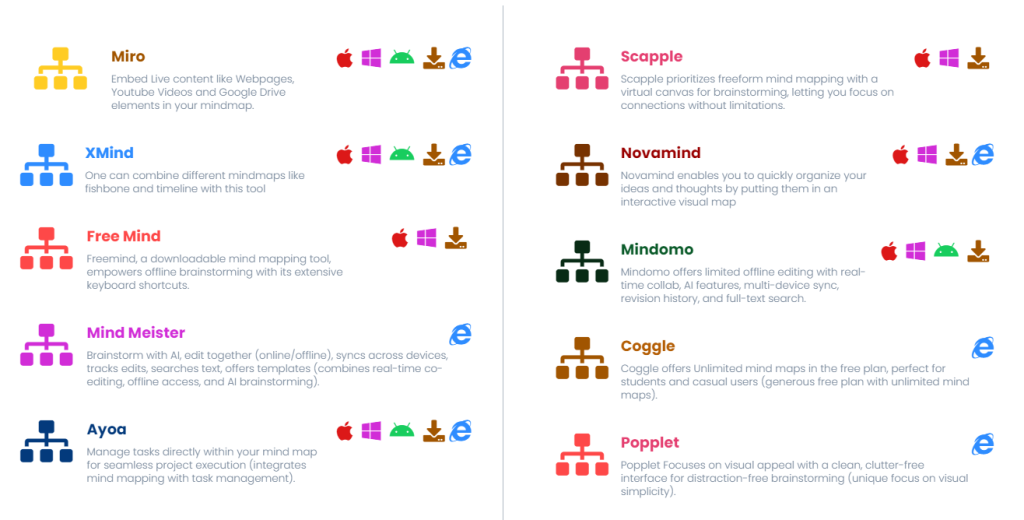Explore, Learn, Achieve: Your Physics Journey Starts Here
In my Previous post titled “Extracting Dark Data in Physics Education to Improve Student Outcomes,” I had discussed using reflective essays to find hidden details in how students learn. We continue with that idea now, looking into a common physics problem: calculating the gravitational force between two planets.
The formula to calculate this force is 𝐹=𝐺𝑚1𝑚2/r^2. Here, 𝐹 is the force, 𝐺 is a constant, 𝑚1 and 𝑚2 are the masses of the planets, and 𝑟 is the distance between their centers. The correct use of this formula needs more than just plugging in numbers; it requires understanding the relationship between these elements, especially the impact of the squared distance.
Students often struggle with this problem, and their concept maps can show us where their understanding is lacking. By studying these maps, we can see what concepts they are mixing up and where they need more help. This is the “dark data” we aim to uncover and address to improve our teaching and their learning.
These visual representations, created by students while solving physics problems, reveal where misconceptions occur, providing essential insights for more focused teaching strategies.
Consider the concept maps drawn by three students tasked with calculating the gravitational force between two planets. Each map shows unique errors and areas of confusion:

Student-1: This map correctly identifies the need to find masses and the distance between them, applying the gravitational formula 𝐹=𝐺𝑚1⋅𝑚2/𝑅^2. However, we need to ensure that students understand that 𝑅 represents the distance between the centers of the two planets, not merely the radius of one planet.
Student-2: This student attempts to convert mass into weight before using it in the gravitational formula. This indicates a fundamental misunderstanding of mass versus weight, confusing these two distinct concepts which could lead to incorrect calculations since weight is mass under the influence of gravity, not a direct input for the gravitational force equation.
Student-3: Here, the student incorrectly divides the mass by 9.8, possibly mistaking gravitational force calculation for finding weight on Earth. This shows a misapplication of concepts where gravitational acceleration (9.8 m/s²) is inappropriately used.
Other common mistakes observed in concept maps include:
- Incorrect Substitutions: Some students substitute mass values where the radius should be, indicating confusion between different formula components.
- Ignoring Constants: Failing to include the gravitational constant 𝐺 or not using the correct power of 10 for 𝐺 in calculations, which are crucial for obtaining the correct results.
- Calculation Mistakes: Not squaring the distance 𝑅 in the denominator, which is necessary according to the inverse-square law central to gravitational force calculations.
Each of these errors uncovered through concept maps provides valuable “dark data.” These errors are not just simple mistakes but are indicative of deeper misconceptions about physics principles. By identifying these through concept maps, educators can address specific areas where students are struggling, leading to more effective and personalized teaching.
In summary, concept maps are more than just educational tools; they are diagnostic instruments that help reveal the hidden difficulties students face in learning physics. As we continue to use concept maps to uncover dark data, we enhance our ability to tailor educational strategies to better meet the needs of all students, helping them not only to correct their errors but also to deeply understand the fundamental concepts of physics.
A list of tools that could be used by the students/teachers to create mindmaps/concept maps is made available in my website. The conceptmap that you see above was created by Xmind, one of the tools shown in my website. you can visit this page by clicking on the below image on mindmaps









